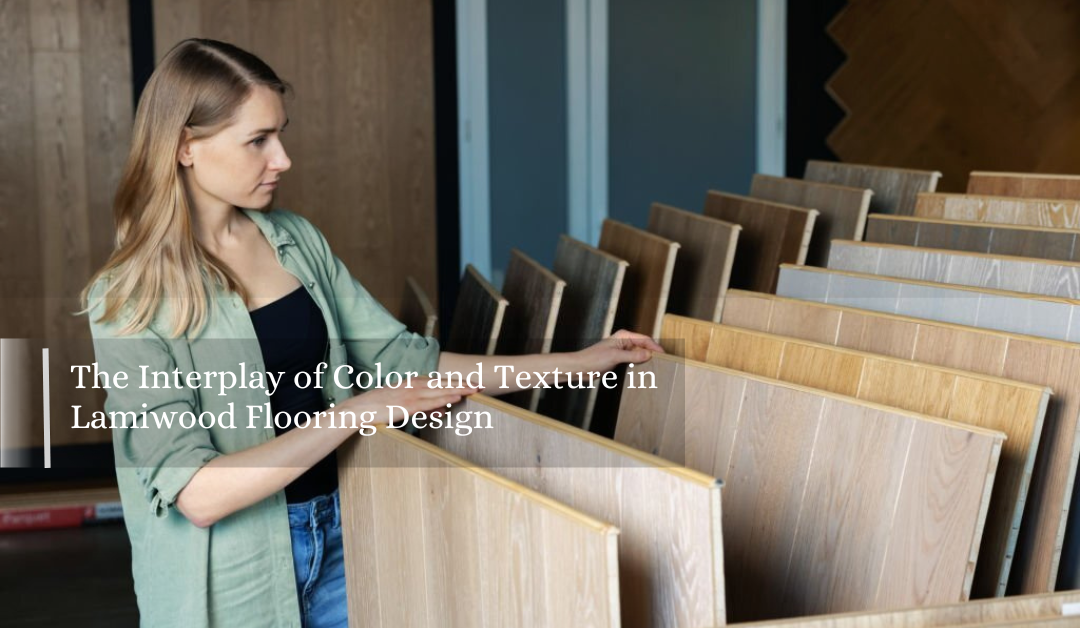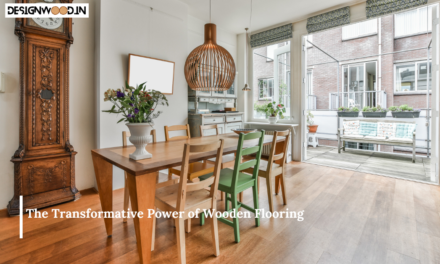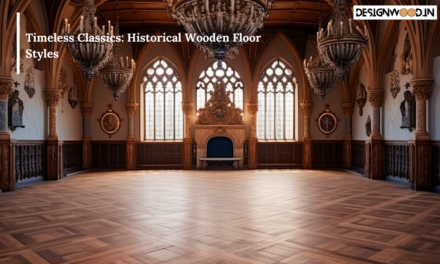In the realm of interior design, the floor is more than just a surface to walk on; it’s a key element that ties a room’s aesthetic together. Lamiwood wooden flooring, with its vast array of colors and textures, offers unparalleled opportunities to enhance the visual appeal of any space. Understanding the interplay of color and texture in lamiwood flooring can transform your home into a harmonious and dynamic environment. Let’s delve into how these elements work together to create impactful and stylish interiors.
The Power of Color
Color sets the mood. The hue of your lamiwood flooring can significantly affect the perception and ambiance of a room. Lighter shades, such as beige or light gray, can make a small room feel larger and more open, reflecting natural light to brighten the space. Darker tones, like espresso or mahogany, lend a sense of warmth and intimacy, ideal for creating cozy, inviting areas.
Texture’s Tactile Appeal
Texture adds depth and character. Beyond color, the texture of your lamiwood flooring impacts the room’s feel and functionality. A smooth, high-gloss finish can contribute to a sleek, modern aesthetic, while a hand-scraped or embossed texture offers a rustic charm that mimics natural wood grain. The choice of texture not only influences the look but also the feel of the space underfoot, adding a tactile dimension to the design.
Combining Color and Texture
The magic happens when color and texture are thoughtfully combined. For instance, light-colored wooden flooring with a subtle grain texture can enhance a Scandinavian-inspired minimalist design, promoting a sense of calm and simplicity. Conversely, a rich, dark hue paired with a pronounced texture can anchor a room, providing a dramatic backdrop for both traditional and contemporary furnishings.
Color Coordination and Contrast
Achieving balance is key. When integrating lamiwood flooring into your decor, consider the existing or planned color palette of your room. Harmonious color combinations create a cohesive look while contrasting colors can define and separate areas within an open floor plan. For example, a lamiwood floor in a cool gray tone can beautifully offset warmer wall colors, creating a visually interesting and balanced space.
Texture for Lifestyle Compatibility
Consider practicality alongside aesthetics. The texture of your lamiwood flooring should align with your lifestyle and the room’s usage. For high-traffic areas, a textured surface can be more forgiving of wear and scratches, concealing minor imperfections and ensuring the floor remains beautiful for years to come.
Innovative Design Techniques
Get creative with installation patterns. Beyond the inherent color and wooden flooring texture of the lamiwood, the way the planks are laid can also influence the room’s overall design. Diagonal installations, mixed-width planks, or even incorporating tile or stone with lamiwood inlays can create unique, eye-catching floors that become the centerpiece of your home.
The Role of Light
Remember the role of lighting. Natural and artificial lighting will interact with your lamiwood flooring, affecting how both color and texture are perceived. Before making a final decision, observe how different lighting conditions in your space influence your chosen samples. This ensures the flooring you select will look as intended throughout the day and night.
Conclusion
The thoughtful integration of color and texture in lamiwood flooring design can elevate the style and function of any space. By considering these elements in harmony with your personal taste and lifestyle needs, you can create a foundation that not only looks stunning but also enhances the livability and enjoyment of your home. Embrace the creative possibilities that lamiwood flooring offers, and let the interplay of color and texture inspire your next interior design project.
Also, Read- THE FUTURE OF INTERIOR DESIGN: ECO-FRIENDLY AND STYLISH LAMIWOOD OPTIONS





